
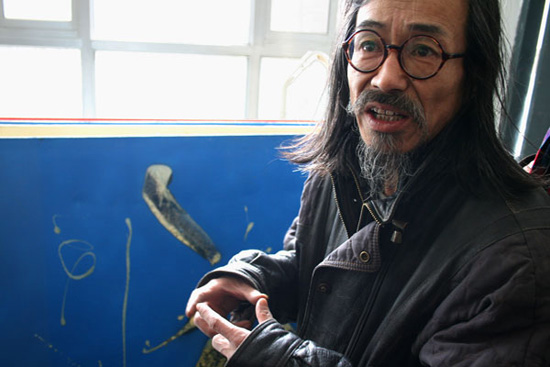 |
| Artist Yu Fu describes his art in his Songzhuang studio/home. (CRIENGLISH.com/William Wang) |
Art hype in China is sharply focused on Beijing's 798 Art District, though a growing number of artists and visitors are disappointed in how the area has become commercialized. Up-and-coming artists were once drawn to 798 because its disused factory spaces were easily converted to artist studios, and the rents were dirt cheap. As rents in 798 shot up, many artists turned to the growing southeastern Beijing suburb of Songzhuang.
A glance at 20 promising Chinese artists[Special]
Songzhuang gained some notoriety early in the '90s when artist celebrities Fang Lijun and Yue Minjun set up shop there. Around that time, developers and even the central government realized the profits Chinese avant-garde art could generate, thus injecting millions of yuan into developing this farmer's village. Songzhuang has clearly transformed into something new, but whether or not its aspirations are being reached is a contentious debate.
Today, the number of artists working or living in Songzhuang is reportedly 6,000. The main avenues are lined with curvaceous and angled modern and minimalist architecture: galleries and studio spaces. It is an artistic environment that lacks one thing: people.
The streets and galleries appear deserted. Six thousand artists there may be, but apparently they choose to close themselves up in their studios. That is, of course, the reason they came here.

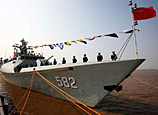

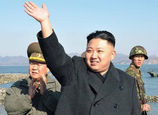


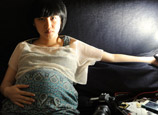


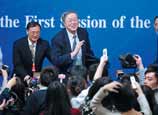
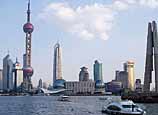






 Photo story: Brave young mother in the 4th year of university
Photo story: Brave young mother in the 4th year of university


![]()
